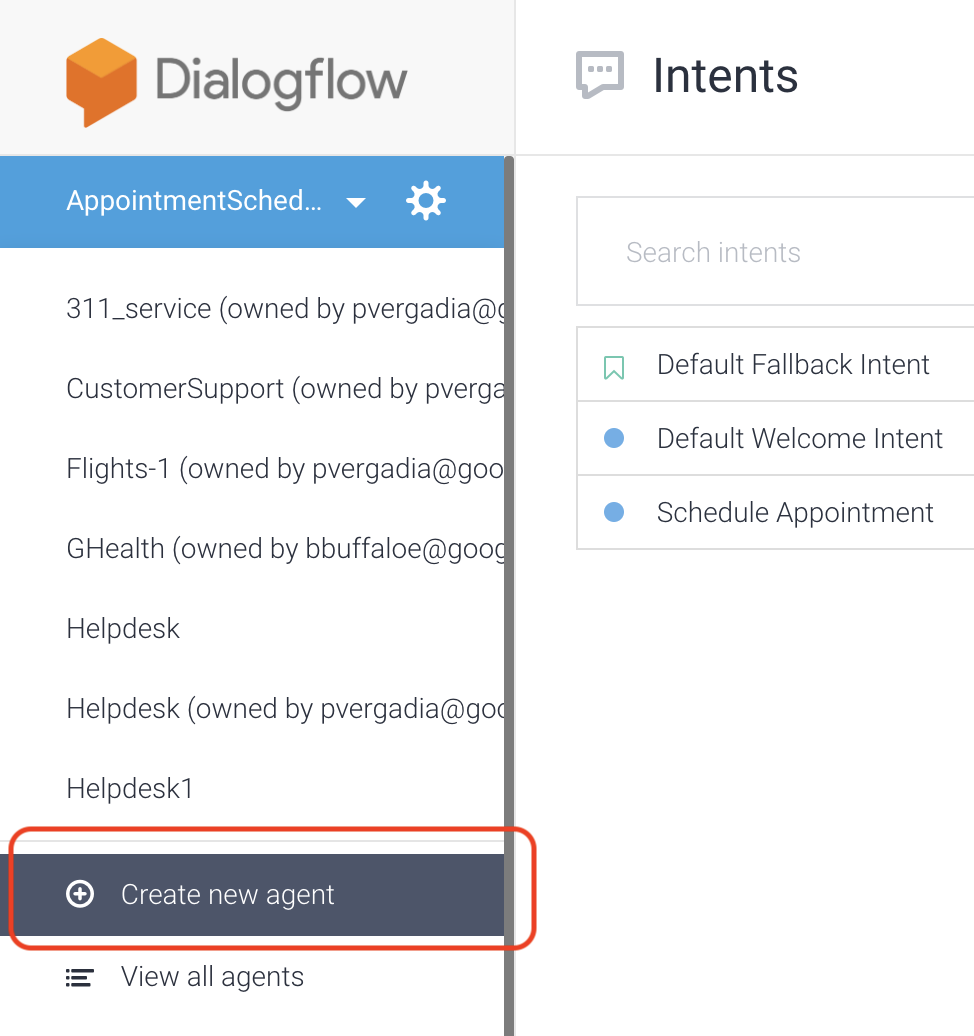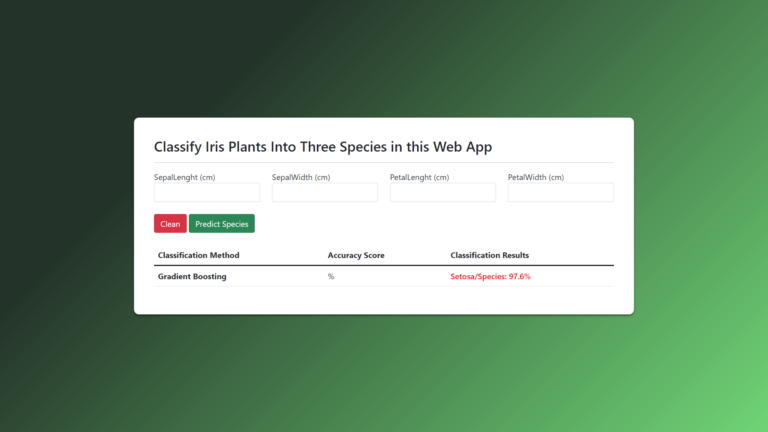

- Appcode vision framework introduction how to#
- Appcode vision framework introduction portable#
- Appcode vision framework introduction code#
By default, it contains a core set of platform-agnostic native components that map to the mobile platform’s native user interface. React Native makes developing cross-platform mobile applications a breeze.

Appcode vision framework introduction portable#
It’s fast, responsive, portable across several platforms, and enables rapid development of mobile applications. Since its inception in 2015, React Native has evolved to into an almost universal toolkit to develop native apps on iOS and Android. Facebook Ads Manager for iOS was introduced as the first mobile application written entirely in React Native.
Appcode vision framework introduction how to#
The question remained: how to bring mobile app development timelines more in line with web development timelines while retaining the native look-and-feel of the respective mobile platforms? The solution was to “script natively.” React Native provides the correct programming model (declarative > asynchronous > responsive) that allows developers to rapidly develop mobile apps while delivering a native experience to the end user. As a result, the mobile apps lagged behind the website and their “move fast” development methodology just wasn’t possible. On mobile, they needed to wait weeks to get the results of experiments and A/B tests before they could deploy improvements and updates. This allowed them to gather results of experiments and A/B tests almost immediately. (This is true even in 2020.) Facebook compared the development efficiencies by revealing that they delivered new versions of the Facebook website twice per day.
Appcode vision framework introduction code#
Traditional mobile app development requires developers to compile and recompile code just to review even minor changes to apps. In 2015 at its Facebook’s F8 Developer Conference, Facebook outlined challenges to native mobile app development. Designed as a way to shorten and streamline mobile app development, React Native provides a native experience on both major mobile platforms while providing the rapid development tools of the React JavaScript library for the web. React Native finds its origins in Facebook’s engineering group. It’s written in JavaScript and ultimately rendered in native code, constructing full-featured apps available for download from the App Store and Google Play Store. The code looks like React, but it is built in a way that can be understood by mobile operating systems instead of web browsers. In other words, instead of using web components to build applications, React Native uses components native (within, or original to) to iOS and Android. While React Native provides access to native device features (UI, notifications, location, etc.), React for the web is only concerned with rendering user interfaces. It utilizes components, application state, and props to enable developers to quickly build applications well-suited to the mobile web. React is a mature, open source JavaScript library developed by Facebook and used to build user interfaces.


 0 kommentar(er)
0 kommentar(er)
